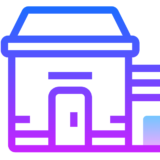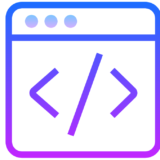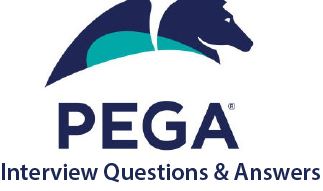Q1.What is PEGA?
Answer: Pega is a platform that presents a systematic approach to build and deploy process-oriented and rule-based solutions and applications. Business Process Management, Customer Relationship Management, Decision Management, and Case Management areas are some of the examples where processes and rules are an integral part of a solution or application.
Q2.What is PRPC?
Answer:
- PRPC stands for Pega Rules Process Commander or PRPC is c comprehensive platform for building and deploying BPM, CRM, Decision Management, and Case Management Applications.
- It is a powerful, Flexible, Platform that can do almost anything, but it focuses on automation our programming.
- PRPC Automates the work and automates the programming.
- We can develop applications without any coding.
Q3.What are Predefined classes in Pega?
Answer:
In Pega PRPC’s class hierarchy, we have 13 topmost pre-defined classes. Out of which the 3 are important.
- @baseclass
- Work-
- Data-
- Index-
- Assign-
- Pega-
- Log-
- Link-
- Code-
- Embed-
- System-
- Work-Cover-
- Work-Folder-
Q4.What are the types of classes in Pega?
Answer:
Types of classes:
- Abstract class,
- Concrete class
Abstract class: In this class, we can only define the components/rules but we can’t implement it. Abstract classes are meant for the purpose of reusability. i.e. the components/rules created under abstract classes can be reused under its child classes. The class name will end with ‘-’
Concrete Class: In concrete classes, we can write the components and we can run the business. If you want to run the business, the concrete class is a must. Classname should not end with ‘-‘.We can create work objects.
Q5.What is the Difference between Abstract and Concrete Class?
Answer:
[ninja_tables id=”5413″]
Q6.What is Access Group in Pega?
Answer: Access Group will control the Access of the Application to a particular Operator, In an Operator Level we can add Many numbers of Access groups, Operator Can able to access only one Access Group at a time.
Explore–>Select the Security–>Create–>Access Group
Q7.What is Access Role in Pega?
Answer: If we want to control the Particular functionality to a particular operator in an Application then we can create Access role, We need to Add the Access role in an Access Group Level, In an Access Role we need to add “Access of Object”
Explore–>Select the Security–>Create–>Access Role
Thanks for your support we will provide more tricks & tips for you. If you like our tricks, share these with your friends and join my Telegram Channel , WhatsApp Channel And Youtube Channels for more new tricks & tips.


 PEGA Interview Questions
PEGA Interview Questions Pega Real Time Scenarios
Pega Real Time Scenarios

 Outlook
Outlook Android Mobile
Android Mobile Whatsapp Tricks
Whatsapp Tricks Telegram Tricks
Telegram Tricks Facebook Tricks
Facebook Tricks SMS Tricks
SMS Tricks Online Money Earnings
Online Money Earnings UAN & PF Services
UAN & PF Services Latest News / Updates
Latest News / Updates SEO Tools
SEO Tools

 Netflix
Netflix
